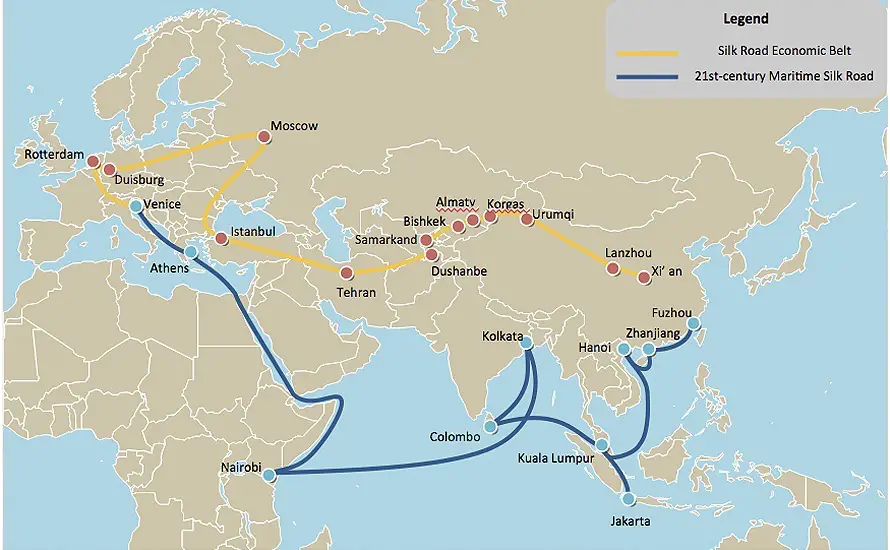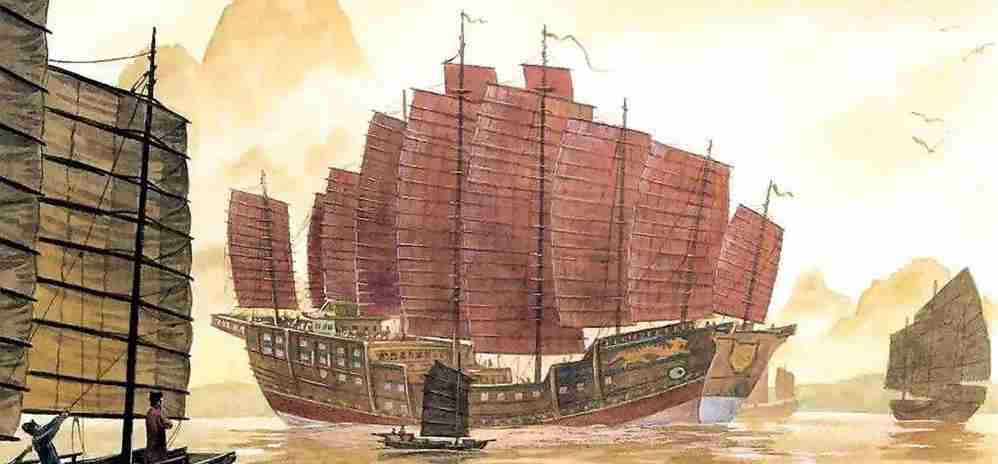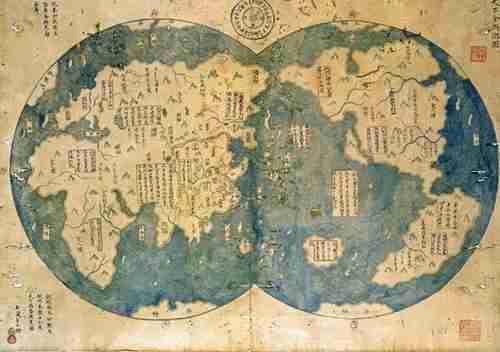The China Maritime Silk Road or Maritime Silk Route refers to the historic maritime section that connects the historic Silk Road connecting Southeast Asia, China, the Arabian peninsula, Indian subcontinent, Europe, Egypt, and Somalia. This maritime router flourished between the 2nd Century BC and the 15th Century AD. The route is an ancient trade route that linked the western world with Asia and the Middle East. The Silk Road was a primary trade conduit between China and the Roman Empire, between China and the Medieval European kingdoms.

What you may not know is that despite the maritime route’s association with China in the recent centuries, this Maritime Silk Road was and established primarily by the Austronesian sailors who also operated the Silk Road in Southeastern Asia, the Greco-Roman merchants of East Africa, Ceylon, India, Indochina, Persian, and the Arab traders in the Arabian Sea. It was also operated by the Tamil merchants of Southeast Asia and India.
The Two Maritime Silk Road Routers

While it started from the Fujian Province as the earliest voyage route between the Qin and Han dynasties, the Silk Road was developed during the 3 Kingdom Period at the Sui Dynasty. It flourished in the Song and Tang dynasties before it fell into a decline in the Qing and Ming Dynasties.
The maritime silk road made possible the transportation of China, silks, iron, and brass into foreign countries and plants, spices, and flowers, along with rare treasures transported into China. As a result of the use of the route for trading, the maritime Silk Road was also referred to as the Maritime Spices Road or the Maritime China road,
The two maritime silk routes used were the East China Sea Route and the South China Sea Route (both are silk routes). The East China Route ran to Korea and Japan (created in 1112BC) and used by the Government to teach its people about sericulture and farming, as well as knowledge of silkworm rearing, weaving, and silk reeling. The South China Sea Silk Route, on the other hand, was the main conduits for China’s exchanges with the rest of the outside world – the route was named from its geographical location at the center of the South China Sea, with starting points in Guangzhou, Ningbo, and Quanzhou.
Maritime Silk Road History

The Chinese Maritime Silk Road was established between 1000 and 600BCE from the early Austronesian Spice Trade networks of the Islander Southeast Asia, with Southern India and Sri Lanka. It was also developed as a jade industry trade involving the lingling-o artifacts from the Philippines (South China Sea) in 500BCE. Throughout history, the Austronesian Thalassocracies controlled the Maritime Silk Road flow, specifically the polities around Bangka (Malay Peninsula) and the straits of Malacca, as well as the Mekong Delta. The Chinese, however, kept a record of these polities/ kingdoms as being Indian thanks to Indianization. The route is also popular for the spread of Buddhism and Hinduism toward the east.
Besides originating in Xi’an or Sian, this 4000-mile road or caravan tract was created next to the Great Wall of China towards the northwest. It bypassed the Takla Makan Desert, and climbed up the Pamirs (mountains) before crossing Afghanistan to the Levant.
When did the Maritime Silk Road start?
As mentioned above, the Maritime Silk Road was developed in 1000BCE (and completed in 600BCE).
What countries were involved in the Silk Road?
The countries involved in the China Maritime Silk Road include China and Rome. To be specific, it began in north-central China, specifically in Xi’an in today’s Shaanxi province. It involved a caravan track that stretched all the way west along the Great Wall of China, all across the Pamirs, via Afghanistan, into Anatolia and the Levant. This road is 4,000 miles long, more than 6,400kms. Goods were then shipped via the Mediterranean Sea to Europe thanks to the road created.
The China Maritime Silk Road or Maritime Silk Route refers to the historic maritime section that connects the historic Silk Road connecting Southeast Asia, China, the Arabian peninsula, Indian subcontinent, Europe, Egypt, and Somalia.
Therefore, it goes without saying that the China Maritime Silk Road was crucial to the economic development of China and the rest of the countries involved.
References
1.maritime silk road history. Retrieved from wikipedia.org
2.When did the maritime silk road start. Retrieved from wikipedia.org
3.What countries were involved in the Silk Road? Retrieved from wikipedia.org
Picture Credits
http://www.kaixian.tv/gd/d/file/201508/28/b7e942c401887857fd9db9e7a7afa67b.jpg
http://image.thepaper.cn/www/image/5/671/109.jpg